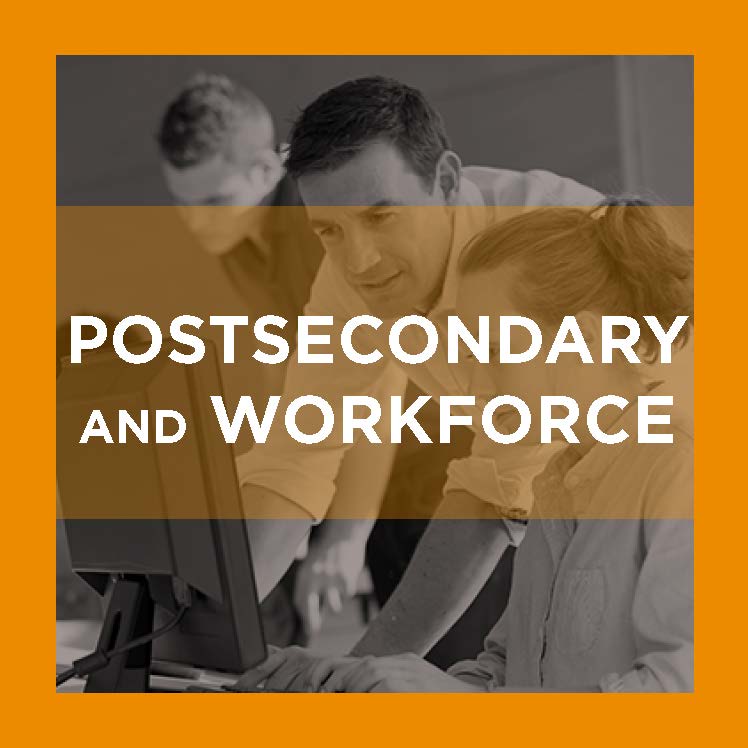Each year, states invest over $12 billion in aid programs that support over 4.5 million students in their quest for postsecondary education. And each year, state aid programs garner a significant amount of legislative interest. In 2017, for example, we tracked 185 bills related to financial aid programs in 28 states, plus the District of Columbia — with some states considering 20 or more measures related to aid.
Within these bills, there is a lot of promise. And this year is no different. Here’s what we’re watching so far in the 2018 legislative session (with our four redesign principles for state aid top of mind!). You can also track many of the bills in this interactive map.
Student-Centered. Proposed measures in Washington and Maryland focus on what specific student populations need first, with the intention of setting students up for the most successful outcomes. Washington H.B. 2386 proposes to provide one year of on-campus housing, free of cost, to students receiving need-based state aid who are experiencing homelessness. In Maryland, lawmakers are considering expanding access to tuition waivers for students engaged in the foster system. The new policy would allow some students to still receive waivers even if reunited with at least one parent, and would allow students 10 years to choose to use their waivers rather than five.
Goal-Driven, Data-Informed. State aid programs should have a clearly defined and easily understood intent, followed up with measurable goals. Faced with tough budgetary decisions and high costs for higher education, lawmakers in Vermont are considering legislation to keep aid dollars in state. Should S. 257 pass, students would only be able to use state aid for institutions located in Vermont.
Timely and Flexible. Aid programs should provide financial support to students when it can have the greatest impact on enrollment and persistence decisions. In many state programs, however, students can miss their chance to qualify for aid if they do not matriculate directly from high school to a postsecondary program. That could change in Maryland, where legislators are considering a proposal to reach students who are close to completing a postsecondary credential but have not enrolled in courses recently. The program would connect with adult students, match them with prospective programs and provide financial aid.
Broadly Inclusive. Aid programs need to respond to the diverse pathways that individuals take to higher education — whether that be directly from high school, after gaining several years of work experience or to retrain. For some, however, the pathway to higher education can come through the criminal justice system, after a student may have compromised their eligibility for aid. In Utah, lawmakers are considering a measure to make postsecondary programs available for justice-involved individuals with the support of state financial aid.
We will continue to monitor these policies, as states across the country consider the role that financial aid programs play in their overall higher education policy architecture. You can, too, with this interactive resource of both pending and enacted legislation.










